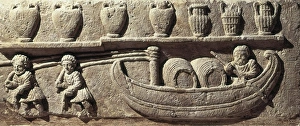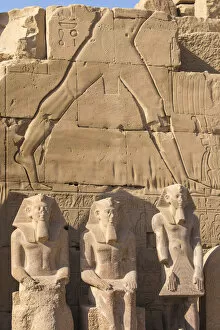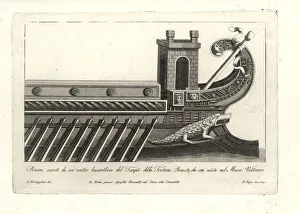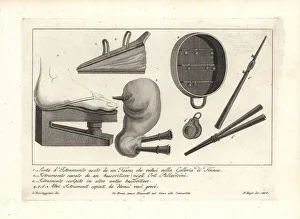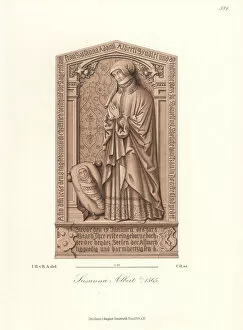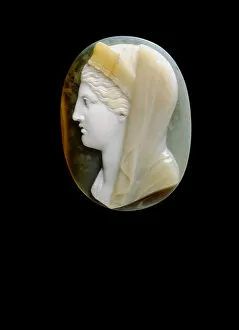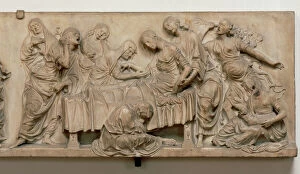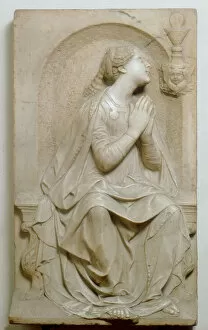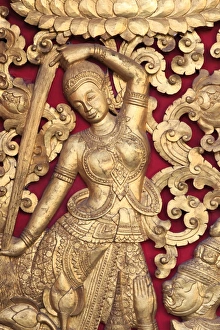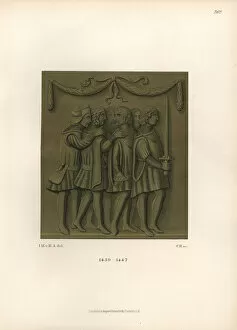Basrelief Collection
Bas-relief, also known as low-relief, is an exquisite art form that has captivated civilizations throughout history
All Professionally Made to Order for Quick Shipping
Bas-relief, also known as low-relief, is an exquisite art form that has captivated civilizations throughout history. From the Gallo-Roman era to the present day, this technique continues to amaze and inspire. In Ephesus, Turkey, on Curetes Street, one can witness the beauty of bas-reliefs depicting wine barrels being ferried. These intricate carvings transport us back in time and offer a glimpse into the daily life of ancient societies. Traveling further east to Luxor, Egypt, we encounter Karnak Temple's colossal bas-reliefs dedicated to Amun. These magnificent works of art showcase the grandeur and power associated with Egyptian deities. Laos boasts its own UNESCO World Heritage Site in Luang Prabang. Here, temples such as Wat Xieng Thong feature detailed bas-reliefs that narrate stories from Buddhist mythology. Each carving tells a tale of spiritual significance and cultural heritage. Moving westward to Metz in France reveals another aspect of bas-relief craftsmanship - ivory plaques portraying Saint Peter's stories from the Second School of Metz. The delicate engravings demonstrate remarkable skill and devotion. Rome showcases its rich artistic legacy through various bas-relief work found within churches like Santa Maria Di Loreto and Trajan's Column. These masterpieces adorn architectural wonders with their intricate designs carved into marble surfaces. The world-renowned Le Vocabulaire Illustre highlights different forms of engraving techniques used in creating stunning bas-reliefs that have stood the test of time. One cannot overlook Renaissance sculptures like Madonna della Scala or intricately crafted cameos such as "Abundance" or "Saint Giorgio. " These pieces exemplify how artists have utilized cameo-style relief carving to create breathtakingly detailed artworks throughout history. Bas-relief serves not only as a visual feast for our eyes but also as a testament to human creativity and ingenuity across cultures and centuries.

